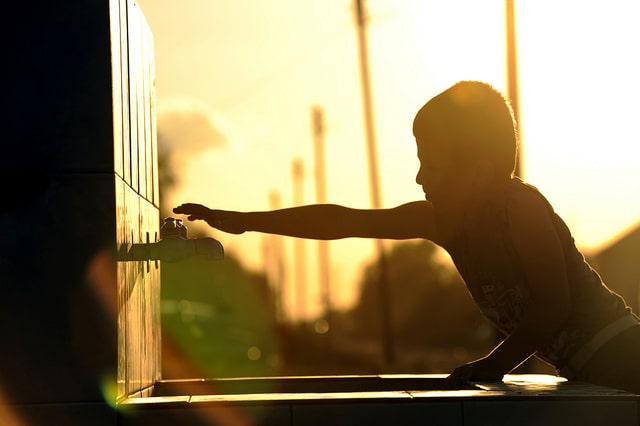India’s government think tank states that “by 2030, the demand for water in the country will be twice more than the available water supply.”
At the moment, India is suffering from the worst water shortage ever recorded in history. It is important to note that more than 600 million people in India are faced with water shortage; this was according to the nation’s think tank.
However, it is also important to know that about 200,000 people die annually due to the lack of potable water and as it stands, it is “only going to get worse” because twenty-one cities in the country are dried and out of potable water by 2020.
“Part of the crisis is because of the rising temperature, and the changing rainfall patterns that come with the changing climate.” This was the statement of Mridula Ramesh, the founder of Sundarem Climate Institute to Al Jazeera.
Due to the report by Thomson Reuters Foundation: “About 200,000 Indians die every year due to inadequate access to safe water and 600 million face high to extreme water stress, the National Institute for Transforming India (NITI) Aayog said on Thursday, citing data by independent agencies. Critical groundwater resources that account for 40 percent of India’s water supply are being depleted at unsustainable rates” The report also added that it is “calling for an immediate push towards sustainable management of water resources. India is suffering from the worst water crisis in its history and millions of lives and livelihoods are under threat.”
Furthermore, the situation with water crisis in the country will become more severe for the country due to the fact that the demand for groundwater will increase. It is important to know that India is one of the most populous nations in the world. With its population currently at 1.4 billion, the crisis may become worst.
The water crisis in India will also account for a 6% loss on India’s GDP, which may be a bad account for the country.
One of the reasons why Indian towns run out of groundwater is due to global warming and inadequate infrastructures to deliver potable water throughout the towns in the country.
However, extensive queues can be seen around government water tanks and public taps in Indian shantytowns since the public are dependent on government water tanks. Since this scarcity lingers, government provision of water maybe pressured and not even enough for the whole population.
Also, unpredictable rainfalls in the country deter people from getting quick access to clean and potable water.
It is also important to note that groundwater in the country is only used for farming purposes during the times when the rains do not deliver enough water for farming, thus, resulting into less amount of drinking water.
In the past, there have been lots of adequate measures to increase the growth of sustainable water supplied to the public with its water conversation legislation existing in about 80% of the country.
Nonetheless, there are certain factors that have prevented India from making noteworthy progress when it comes to delivering potable water into the country. But significant factors such as climate change, poor data management and gloomy failure to price water are always prevailing.
Concerning climate change, the temperature of India has increased as a result of climate change and as it stands now, the country is one of the places suffering from the effects of climate change.
Also, according to the report from Thompson Reuters Foundation: “Where data is available, it is often unreliable due to the use of an outdated collection of techniques and methodologies. For example, groundwater data in India is based on an inadequate sample of around 55,000 wells out of a total of 12 million in the country.”
To manage and stop the current situation, several policies have to be met and also plans to reach out global help to curb climate issues should be put into place. In addition to this regulation, water-scarce states should be involved in making sure water scarcity in the country fizzle-out. These states are better at managing the resource.
States like Gujarat, Madhya Pradesh, Andhra Pradesh, Karnataka, Maharashtra, and Telangana, have performed well in the national composite water index and they have suffered from long-term droughts previously.
“The action taken by these states, and their subsequent good performance on the index, are likely driven by necessity in the face of looming water shortages,” says the report.
“Policies like several states giving free electricity to farmers or giving financial support for groundwater extraction-borewells and tubewells- results in uncontrolled exploitation and wastage of resource.” This was the statement of Suresh Rohilla, the director of urban water management at the Centre for Science and Environment.
A good implementation which ensures that people including farmers use fewer fertilizers and fossil fuels have failed to be implemented. Drip irrigation, which is another policy has not also been implemented due to the fact that it is expensive.
Nevertheless, the primary source of water scarcity in India is as a result of global warming and other inadequacies. Hence, adequate measures have to be put in place to stop this menace.






